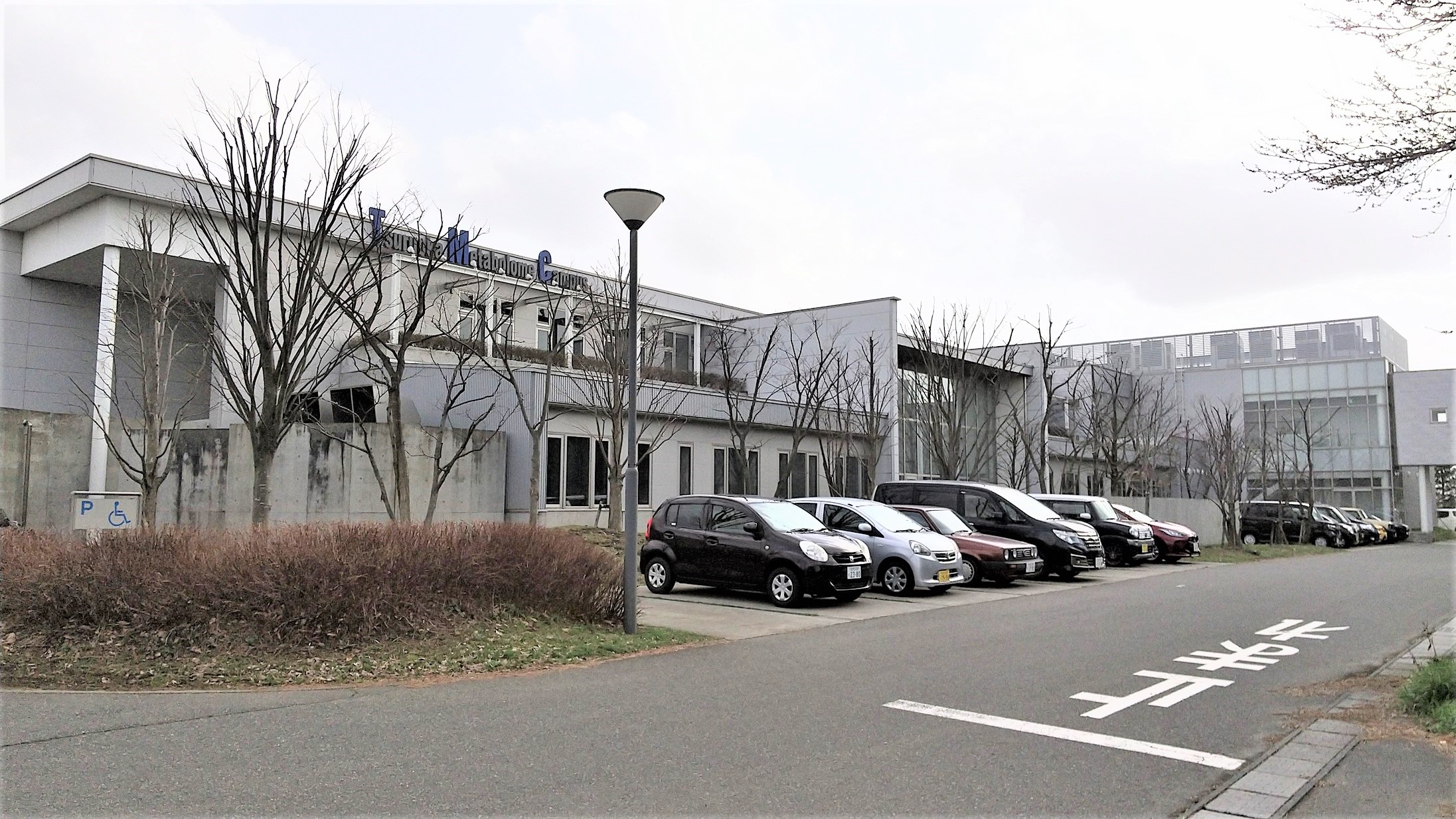2023/06/06
The Potential of Local Regions Seen in the Example of the Tsuruoka Science Park; A Long-term Perspective and Unfettered Thought are the Key Success Factor!

On March 24, after giving a lecture at a seminar hosted by Kabushiki Kaisha Yamagata Shimbunsha, Mr. Maeda, Manager of the Shonai Branch of ANA Akindo Co., Ltd. invited me to visit the Tsuruoka Science Park. This park is a biotechnology research facility established in 2001 based on tripartite collaboration among Yamagata Prefecture, Tsuruoka City, and the Institute for Advanced Biosciences, Keio University (IAB). This project started as a result of the sympathy between the enthusiasm of Yoichi Tomitsuka, mayor of Tsuruoka City, who wanted to form an industrial base from a long-term perspective, and the pioneering spirit of Masaru Tomita, professor of the IAB, who has been a leader of the institute from its establishment to the present, saying “No points for just being ‘common,’ and applause to failure.”
Since the establishment of the park, Yamagata Prefecture and Tsuruoka City have financially supported the project with 350 million yen every year for 22 years. Also, nine start-up companies have been founded as a result of research at the IAB. For example, “Human Metabolome Technologies Inc.,” which developed a test kit for clinic depression using metabolome analysis, was listed on Tokyo Stock Exchange (TSE) Mothers in 2013. Other well-known examples include “SalivaTech Co., Ltd.,” which developed a technology to detect cancer and other diseases from saliva, and “Spiber Inc.,” which was the first company in the world to successfully produce a massive amount of artificial synthetic spider silk fibers. At the same time, the IAB has been strengthening its relationship with the local regions through cooperative research with local companies and internships to accept high school students as research assistants.
Mr. Maebashi, Deputy Manager of Sompo Japan Insurance Inc., was the one who guided me around the IAB. Sompo Japan seems a bit far from the biotechnology industry. So, why Sompo Japan? His answer was that “Sompo Japan (the then Sompo Japan Nipponkoa Insurance Inc.) formed a comprehensive partnership agreement with the IAB in 2018 and opened the “Business Lab Tsuruoka” for the purpose of solving social issues and developing innovative human resources by utilizing advanced science.” His transfer to Tsuruoka was announced as part of general personnel changes, and he was a member of the 2nd transferees. He said that when he was assigned to his new position in Tsuruoka, he was not given any specific tasks by his company. Therefore, he had to find and determine the research subject to conduct his research by himself. The subject he finally chose was “the creation of related population in Tsuruoka City.” As part of this research, he concluded a business partnership with the Shonai Branch of ANA Akindo Co., Ltd. Also, he applied for Tsuruoka City’s project to encourage youth relations and held the “Tsuruoka Mirai Conference.” – Now I understand everything. I finally see how Sompo Japan has been working with the biotechnology industry.
Global-level research at the IAB attracts researchers, businesspersons, and investors from home and all the rest of the world and encourages them to come to Tsuruoka. According to Mr. Maeda, the Shonai Branch of ANA Akindo Co., Ltd., travelers for business purposes account for 70% of passengers of the flights from Haneda Airport to Shonai Airport. This is not only because of the IAB’s high level of research. I believe that the spirit of the IAB that values “being uncommon” and “being different from others” is the major reason to attract people from even outside of Tsuruoka. The accommodation facility “Shonai Hotel Suiden Terrasse” designed by architect Mr. Shigeru Ban and projected by YAMAGATA DESIGN Co., Ltd. stands neighboring the IAB as if it is floating on rice fields. It is no wonder this facility is located here.
These efforts that have been made by Tsuruoka City, centering on the project of the Tsuruoka Science Park, are one of the successful cases of regional revitalization. However, simply attracting universities’ research institutes does not create a “city.” The key for regional development is how to create new cultures to be integrated with local communities. To achieve this, a leader who is able to both come up with unprecedented ideas and carry them out is essential. At the same time, the leader must have consistency in industrial policies and tolerance to accept long-term investment. Our company also would like to contribute to the realization of the future where local regions produce various innovations utilizing regional characteristics one after another.
This Week’s Focus, March 31
Takashi Mizukoshi, the President